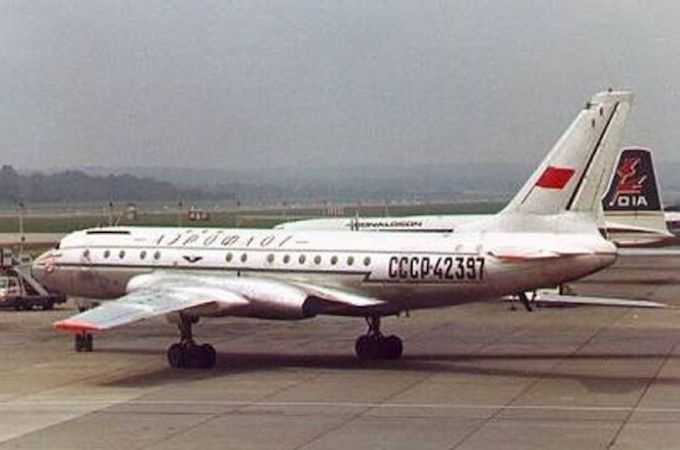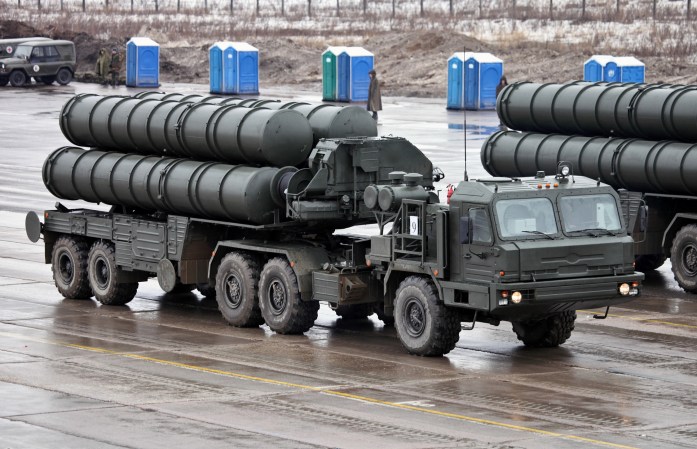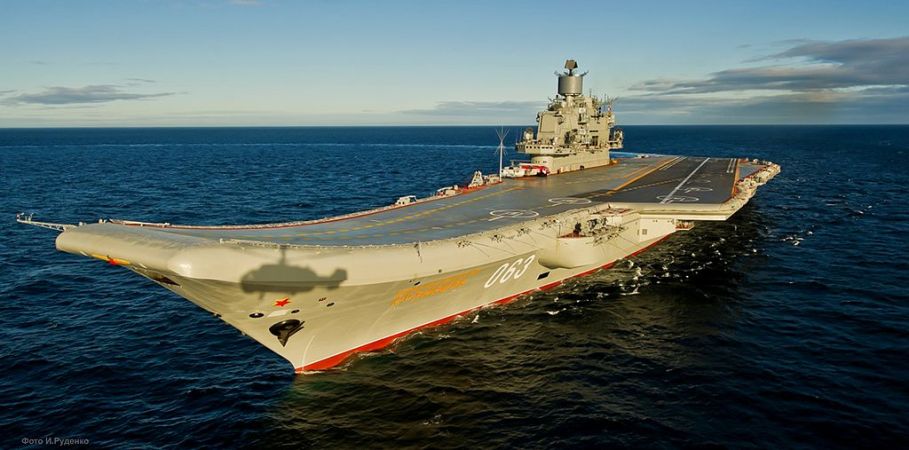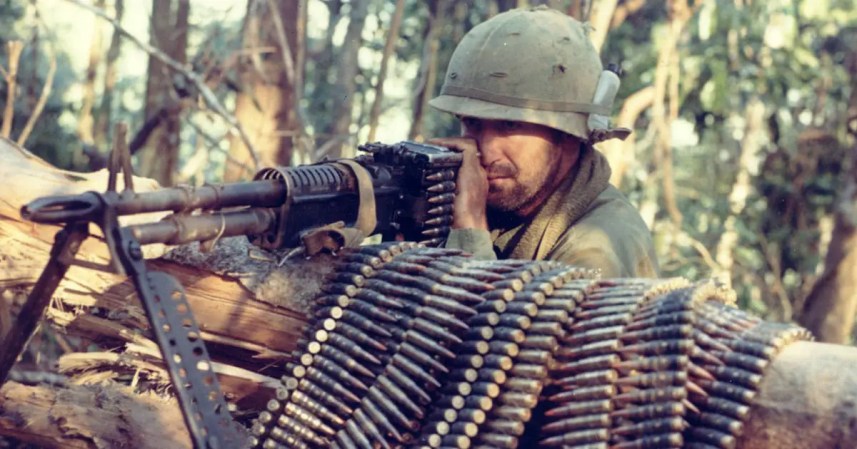During the Cold War, the Soviet Union had a problem. Well, to be honest, they had over a dozen problems: United States Navy carrier battle groups. Each American aircraft carrier was able to bring in five squadrons of tactical jets to take down targets on land, and the Soviets got a good look at what carrier air wings could do in the Vietnam War.
The Soviet’s Tupolev Tu-16 Badger simply could not be counted on to counter this massive threat and survive, so they started looking for better options. The first effort to replace the Badger, the Tu-22 Blinder, was a disappointment. It had high speed, making it harder for opposing fighters to intercept, but it wasn’t the easiest plane to fly. So, Tupolev tried to field a new replacement.

What emerged was a plane that would dominate the nightmares of American admirals. The Tu-22M Backfire had high performance and wouldn’t struggle with any of the many issues that plagued the Blinder.
There are some key differences between the Tu-22 Blinder and the Tu-22M Backfire. One of the biggest changes was the addition of a fourth crew member to the three-man crew of the Blinder. The primary armament also changed. Unlike its predecessors, which made heavy use of gravity bombs, the Backfire is primarily a missile shooter. Its main weapon was the AS-4 Kitchen, a missile with a range of 310 miles that carries either a 350-kiloton nuclear warhead or a one-ton conventional warhead. The AS-4 can hit targets on land or ships at sea.

The Backfire entered service in 1972. It has a top speed of 1,243 miles per hour and is capable of mid-air refueling. The capability was reportedly deleted after the START treaty, but Russia’s compliance with arms control treaties has been dubious in recent years.
Learn more about this lethal bomber in the video below:
(Dung Tran | YouTube)


















